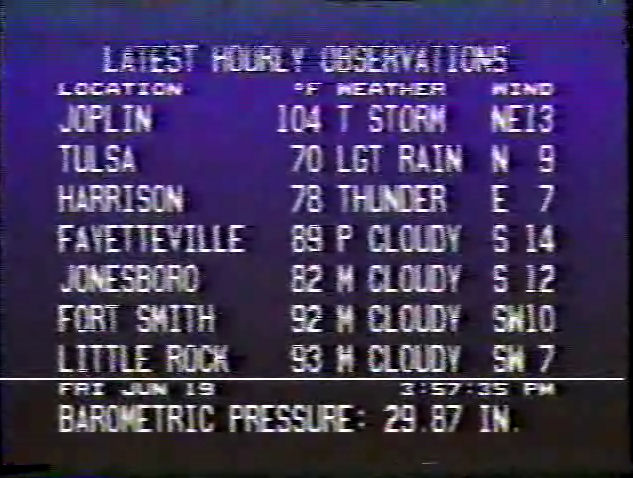In recent weeks, for no readily apparent reason, I have become almost obsessively fascinated with the worst air disaster in New Zealand history. Of course, I’ve also finished taking a prescription that I’ve been on for the past month which left me in a very tired fog most of the time – sure, it took care of the symptoms and other issues, largely by rendering me too unconscious to give a shit – but a side effect of taking it, aside from an uncontrollably gross amount of sweating even if the room temperature was cold, was about a three-hour period immediately after taking it where I’d have a burst of energy and then just as quickly veg out. I’d look up incredibly obscure stuff online and then stick with that topic for the next few hours.
One topic I began reading on extensively, and stuck with until I’d gone from extensive to exhaustive, was the 1979 crash of a DC-10 passenger plane from New Zealand on the slopes of Mt. Erebus, an active Antarctic volcano. Between 1977 and 1979, the two airlines in New Zealand had competing “sightseeing” flights to Antarctica, allowing the well-heeled to take a once-in-a-lifetime trip to the coldest place on Earth in shirtsleeve comfort. The flights were strictly go there, circle around a bit without landing to take some pictures through the windows, and go home, and even the haul from one of the southernmost countries in the world to the southernmost continent in the world was a long one: the round trip was basically 12 hours.
The last of these flights never made it home: Air New Zealand flight TE901, a flight which was completely full after the Antarctic sightseeing flights had gotten so much positive publicity in recent weeks. On November 28th, 1979, the DC-10 took off from Auckland in the early morning hours. Around lunchtime, McMurdo Base had lost all contact with the plane to whom they’d just given clearances minutes before. 15 hours after takeoff, the flight was declared lost became the plane hadn’t reported in, hadn’t been seen, and had most certainly exhausted its fuel.
Hours later, search and rescue teams from McMurdo found the wreckage. The first that most of New Zealand’s population saw of this wreckage looked like this.
Obviously no one survived. To put this in a context for northern-hemisphere-dwellers: this was New Zealand’s equivalent of the Challenger explosion. Anyone who was alive to see that news bulletin remembers where they were when the news first hit.
So what does any of this mean to an American who wasn’t even ten years old when it happened?
By the time that the authorities, the airlines and the families of the deceased got through their investigations and incriminations, it was clear that there would never be any agreement on the cause of the crash. To this day, the public is sharply divided on whose fault it was. Two extensive investigations reached very different conclusions. The first, whose results took the better part of half a year to be made public, predictably arrived at that old post-mortem chestnut, pilot error. The second investigation, however, delved into the corporate culture at Air New Zealand, brought attention to an egregious error in the programming of the plane’s autonavigation system, and found considerable fault with the first investigation’s process.
This second investigation, now widely known as the Mahon Report (more formally titled the Report of the Royal Commission to inquire into the crash on Mt. Erebus, Antarctica of a DC-10 aircraft operated by Air New Zealand Limited, authored by Judge Peter Thomas Mahon), also shocked the country by accusing Air NZ of a wide-ranging attempt to cover up their part in the crash and leave the blame at the doorsteps of the flight crew – or, more accurately, their widows. Mahon’s report concluded:
The palpably false sections of evidence which I heard could not have been the result of mistake, or faulty recollection. They originated, I am compelled to say, in a pre-determined plan of deception. They were very clearly part of an attempt to conceal a series of disastrous administrative blunders and so, in regard to the particular items of evidence to which I have referred, I am forced reluctantly to say that I had to listen to an orchestrated litany of lies.
Did this provoke a strong response across the country? Oh, you betcha. But what could possibly happen on the administrative end of an airline to lead to the deaths of 257 people on another continent? And why is it that, in the minds of a sizeable portion of the New Zealand public, the cause of this 1979 plane crash is still filed away as “unresolved” in 2012?
We’ll discuss that tomorrow, as I’m planning on blogging about this for several days. It’s a fascinating and compelling and tragic tale, and there are lessons to be learned from it (if one sets aside the whole blamestorming issue momentarily). There are few characters in this drama who can legitimately be thought of as villains, and even then it depends on which side you’ve taken. There are also lots of roads (or air corridors) to hell paved with good intentions (and bad coordinates). And it really is a story of mismanagement and a culture that continually tells itself “screw it, management’s not going to fix it, I’ll just do it myself” – with a result that says that it’s not always okay to be that lone wolf and be self-reliant. Sometimes you do have to fix the whole damn company.
Maybe if more people become acquainted with the story, they can walk away with ideas for fixing things. Before they wind up screaming into a mountain face-first, eyes wide open.
Stay tuned.


Interested. I’d like to hear more.
I had a similar obsession this morning when I realized that today marks the 23rd anniversary of the U.S.S. Iowa turret explosion. Long story short, you hear the same sad story of people covering up and investigations going awry and making incorrect conclusions. It all started because two officers on the Iowa decided to screw it and do it themselves (in this case using experimental methods to increase gun range).
I’m actually working on the last part of this piece right now. I’ve tried to do “series” posts in the past where I just never got around to wrapping anything up; in this case, I’m actually trying to do it as one concentrated piece of writing that would be insufferably long as a single blog post.
I’m glad that folks seem intrigued by this one; between here and Facebook, it’s getting more response than the usual cat-and-dog postings. 😆